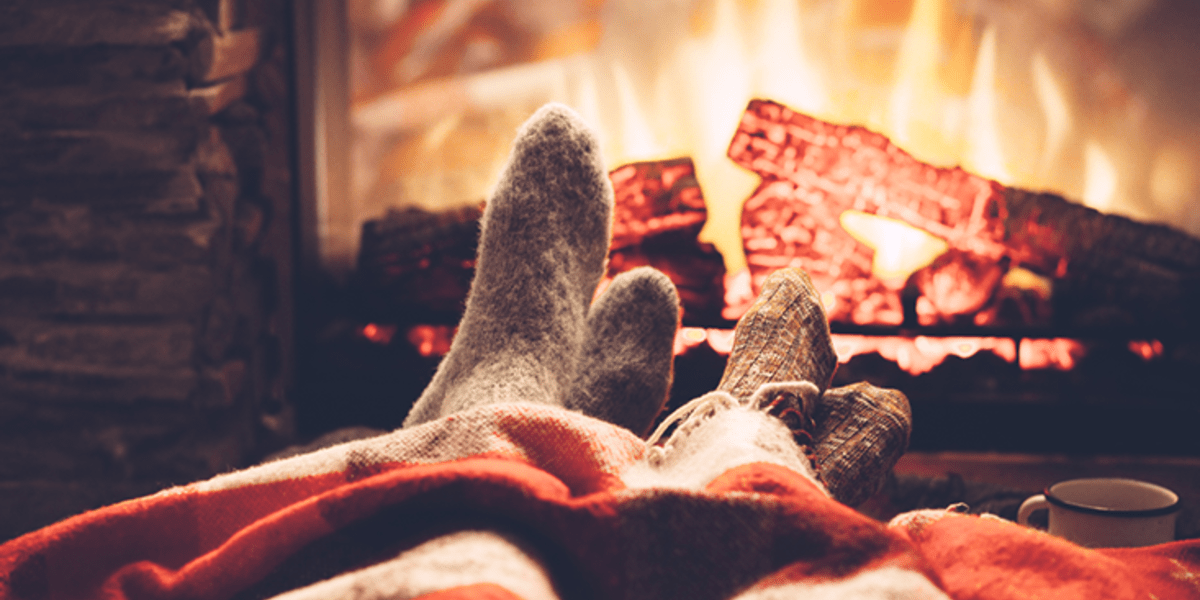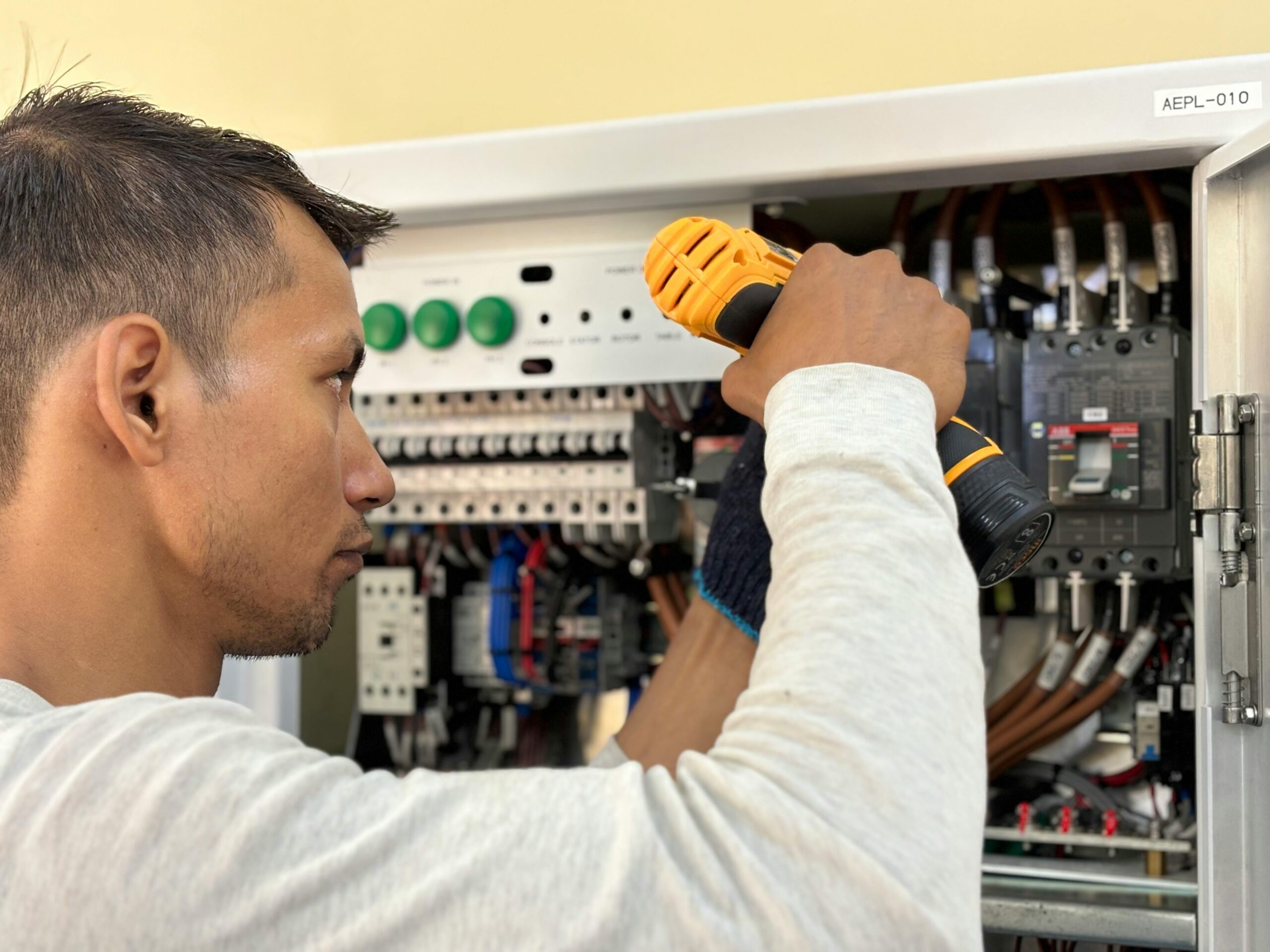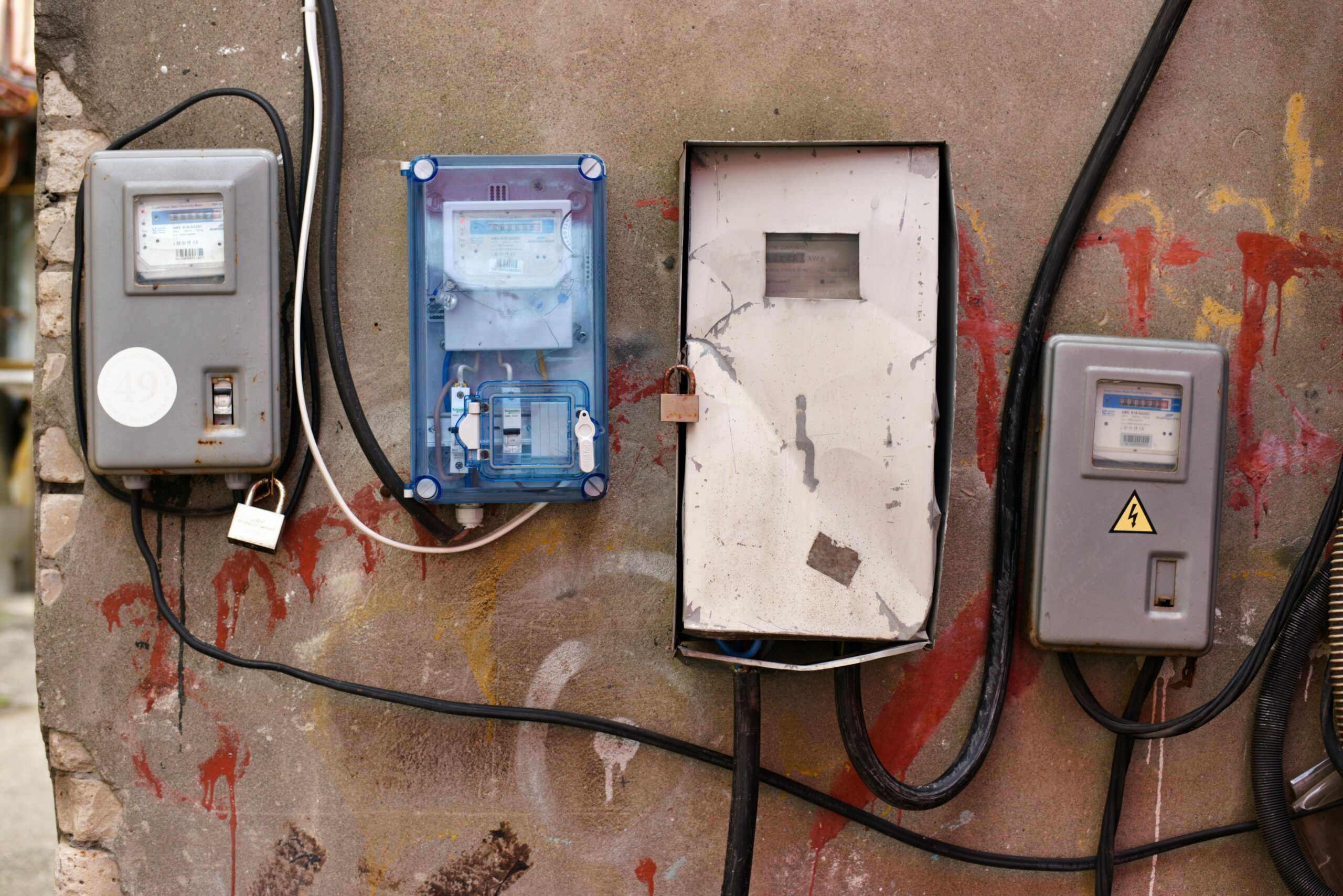Winter is a season of cozy blankets, hot cocoa, and warming up by the fire. However, with dropping temperatures comes an increase in energy consumption, often leading to higher utility bills. The good news is that staying warm and saving energy can go hand in hand. We will explore five easy steps to master the art of winter energy efficiency.
By implementing these strategies, you can create a comfortable and energy-efficient home that keeps you snug while reducing your environmental impact and saving money. So, let’s dive in and discover how to stay warm without breaking the bank this winter season.
Step 1: Assessing Home Energy Usage
The first step in mastering winter energy efficiency is to assess your home’s energy usage. Start by understanding your energy bills and analyzing your consumption patterns. Take note of any seasonal variations or spikes in energy usage, which can help you identify areas needing improvement. Next, consider conducting a comprehensive home energy audit. It involves inspecting your home for potential energy losses, such as air leaks, insufficient insulation, and inefficient appliances.
By identifying these problem areas, you can prioritize your efforts and make targeted improvements to maximize energy efficiency and reduce heat loss. A professional energy audit can provide even more detailed insights, but you can also perform a DIY audit by using online resources and checklists to guide you.
Step 2: Insulation and Weatherization
Once you have assessed your home’s energy usage, the next step in achieving winter energy efficiency is to focus on insulation and weatherization. Begin by evaluating the insulation levels in various areas of your home, such as the attic, walls, and floors. Insufficient insulation can result in significant heat loss, so consider adding or upgrading insulation as needed. Additionally, sealing air leaks and drafts is crucial in preventing cold air infiltration and heat escape.
Use weatherstripping and caulking to seal gaps around windows, doors, and other areas prone to leaks. Lastly, upgrading to energy-efficient windows and doors can provide better insulation and reduce energy loss. Consider options such as double-pane windows with low-emissivity coatings and properly sealed door frames to enhance the overall energy efficiency of your home. By addressing these insulation and weatherization aspects, you can create a more comfortable and energy-efficient environment during the winter months.
Step 3: Heating System Efficiency
The heating system plays an important role in optimizing winter energy efficiency. Firstly, ensure you have chosen the right heating system for your home. Consider factors such as the size of your space, fuel availability, and energy efficiency ratings when selecting a heating system. Once installed, regular maintenance and tuning are crucial for optimal performance. Schedule annual inspections, cleanings, and tune-ups to keep your heating system running efficiently and identify potential issues.
Moreover, upgrading to energy-efficient heating options, such as a programmable thermostat or a high-efficiency furnace, can significantly reduce energy consumption and lower heating costs. By prioritizing heating system efficiency, you can maintain a warm and cozy home while minimizing energy waste during the winter season.
Step 4: Efficient Thermostat Management
When it comes to winter energy efficiency, proper thermostat management plays a crucial role. Begin by understanding your thermostat settings and programming options. Take the time to familiarize yourself with the different temperature settings and schedules available. Utilize programmable thermostats effectively by programming temperature adjustments based on your daily routine. Set lower temperatures when you’re away from home or sleeping, and raise them when you’re active and need more warmth. This way, you can avoid unnecessary heating when it’s not required.
Additionally, consider exploring smart thermostat options. These advanced devices can learn your heating preferences, adapt to your schedule, and even be controlled remotely through smartphone apps. Smart thermostats offer convenience and energy savings by optimizing heating efficiency based on your lifestyle and preferences. By managing your thermostat effectively, you can save significant energy without sacrificing comfort during winter.
Step 5: Smart Energy Practices
To further enhance winter energy efficiency, implementing smart energy practices is key. Start by maximizing natural heat gain from sunlight. Open curtains and blinds during the day to allow sunlight to enter your home and warm up the interior naturally. In the evening, close them to provide an extra layer of insulation. Properly managing curtains and blinds can help minimize heat loss and reduce the need for additional heating.
When it comes to space heaters and fireplaces, use them efficiently and sparingly. Space heaters should only be used in occupied rooms and turned off when unnecessary. Ensure proper ventilation and keep flammable objects away from heaters. As for fireplaces, close the damper when not in use to prevent warm air from escaping through the chimney. Use them as supplemental heating sources, but avoid relying on them as the primary heat source. By implementing these smart energy practices, you can make the most of natural heat and ensure efficient use of supplemental heating options, leading to a more energy-conscious and comfortable winter environment.
Conclusion
Mastering the art of winter energy efficiency is not only beneficial for your comfort but also for your wallet and the environment. Following the five steps outlined, you can assess your home’s energy usage, improve insulation, optimize your heating system, manage your thermostat effectively, and implement smart energy practices. Remember, small changes can make a big difference.
So, start implementing these winter energy-saving tips and enjoy the warmth. If you need professional assistance with your electrical needs, contact Smith & Jones Electric for expert advice and services. Stay warm, save energy, and positively impact your home and the planet.
We help companies refine their messaging, hone in their sales process, and grow their pipeline – all with a new website.






